Tomato, Old German (Lycopersicon esculentum), packet of 30 seeds, organic
$3.95
Family: Nightshade (Solanacea)
Indeterminate annual, 70 to 90 days to fruits.
(Heirloom multicolor beefsteak) German heirloom brought to the new world in the mid-1800’s by Mennonites of Shenandoah Valley, Virginia. Stout bushes, stems thick and squat, producing (often) convoluted fruits weighing up to 1.5 lbs apiece. Consistent with the genre, these tomatoes are very delicate and difficult to get to market without bruising–best used vine to cutting board, a low acid, sweet and handsome slicer. Staked tomatoes form dense clusters, with fruits so firmly attached that a pair of snips comes in handy at harvest. We started these rather late on May 14th and had buckets of tomatoes by August 15th. These we enjoyed on sandwiches–very mellow, no acid sting. If added late to any stir-fry, a few handfuls of pieces of these fresh, thin-skinned tomatoes will cook down quickly (almost instantaneously, actually) to sauce. Tomato culture is pretty much a part of any gardener’s DNA, but here’s a short rundown. Start indoors 6 to 8 weeks before the last frost. Use pure compost for your starting soil, tomatoes are heavy feeders. Thin to one seedling per pot. Keep warm and in bright light. Run your hand over the top of the seedling from time to time, which will flex the stem, in order to strengthen the stem and keep the plant from getting leggy. Once the ground has truly warmed up, transplant outdoors at 4 foot centers (tomatoes need lots of light to develop fruits). Use organic compost under the plant at transplant and around the stem. Once the plant gets to a foot or more tall, tie it to a stout stake or put a cage around it to support growth and keep fruit off the ground. Water infrequently and deeply (watering too often makes for watery, tasteless tomatoes). Allow to ripen on the vine before harvest.
30 seeds per packet, certified organically grown
In stock

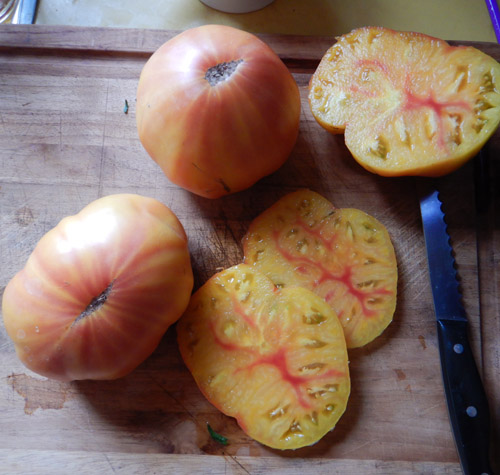
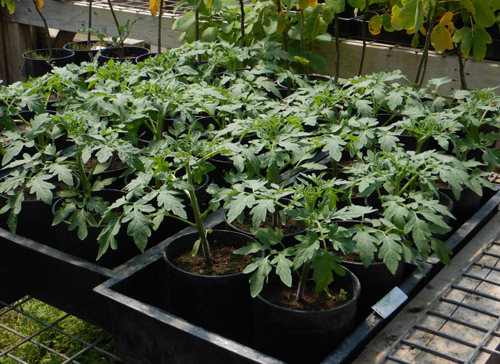
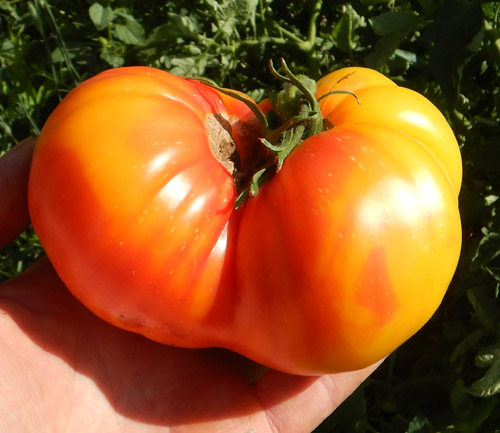
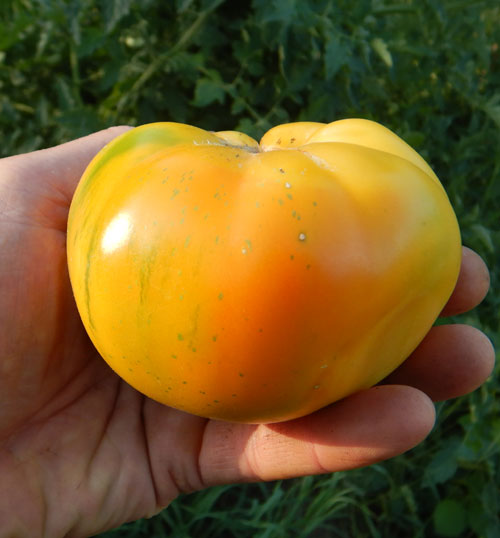
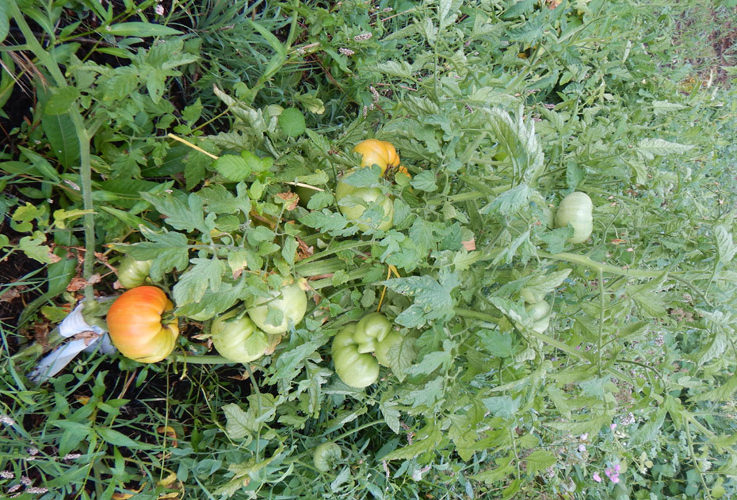
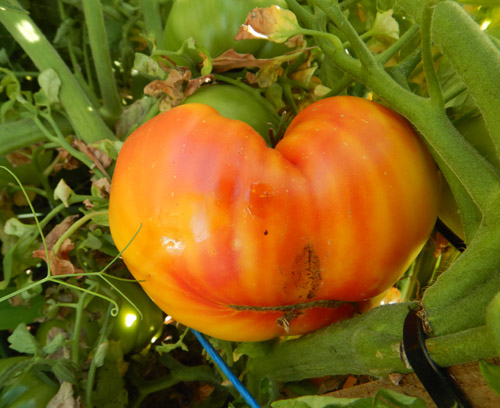
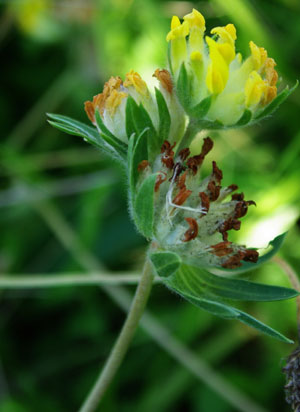
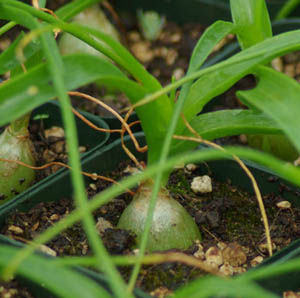

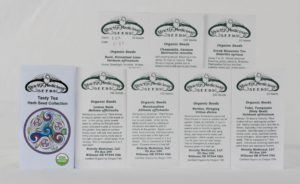
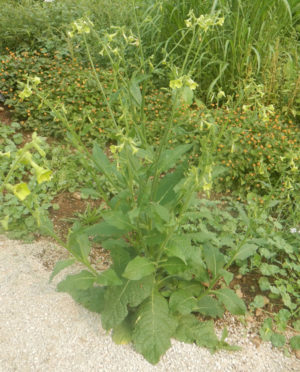
Question
Ian moore –
Should all tomatoes be planted in pure compost? Do peppers need it too? I make my own potting soil from your book recipes. Thanks for all the help.
Upvote if this was helpful (0) Downvote if this was not helpful (0) Watch Unwatch Flag for removal
Richo Cech –
Hello Ian, Thanks for contacting. Tomatoes and peppers do well when plants in pure compost. They are cultigens and compost is too, in a way. Anyhow it is fine to use the recipe for water-retentive mix. That will work well, too. If purchasing ingredients, you can mix 50% worm cast with 50% coir–that’s a very cushy combo. So many ways to go. I’m already planting peppers, too. A little early still for tomatoes in my gardens, richo
Upvote if this was helpful (0) Downvote if this was not helpful (0) Flag for removal
Ian moore –
Is it too early to plant peppers in an unheated green house? Pepper harvest last year was disappointing and want to do well this year. Thanks
Upvote if this was helpful (0) Downvote if this was not helpful (0) Flag for removal
Richo Cech –
Hello Ian,
Peppers are best seeded in the greenhouse from Feb through April. If the greenhouse is unheated, it can help to have lights or a heat mat to keep the seedlings from freezing. Otherwise, wait until the weather has turned and you can be sure its not going to freeze in the greenhouse. Overcrowding of the seedlings is a common cause of slow growth and failure. Thin the seedlings early and grow on until they have their second set of true leaves, then get them potted up individually to larger pots. A rich potting soil is needed, and remember that plants also eat light, so a warm exposure and plenty of light will do the trick. You’ll usually get better yield if you pot 6 sturdy peppers, each to its own gallon pot, than if you grow 60 scrawny peppers in egg cartons. Don’t put them out to the garden too early! If the soil is cold and wet, they will just sit there and suffer. The typical test is to put your palm down on the soil. If it feels cold and clammy, do not plant peppers (or tomatoes, or corn, for that matter). If it feels glowingly warm to the touch, then plant. richo
Upvote if this was helpful (0) Downvote if this was not helpful (0) Flag for removal